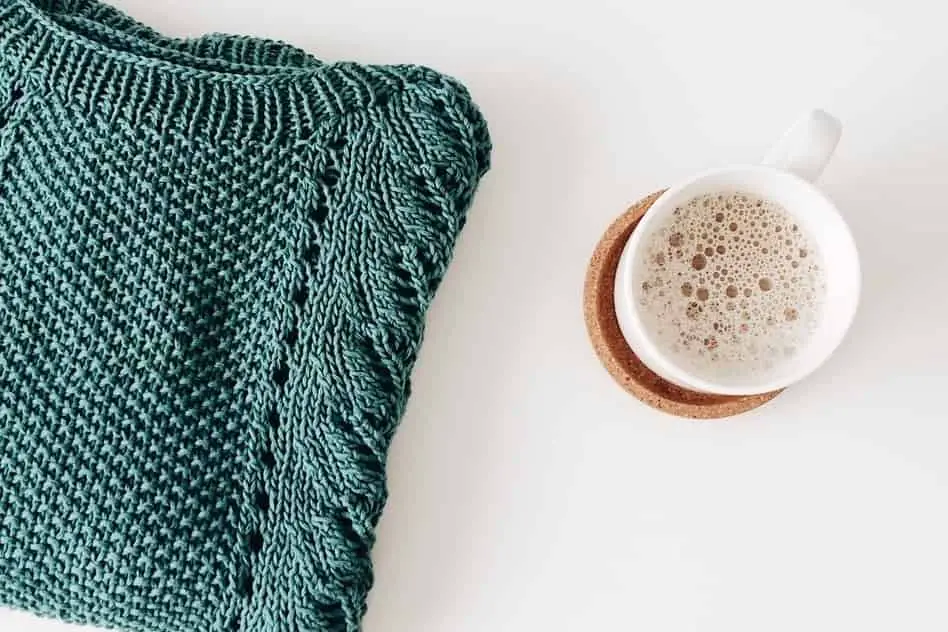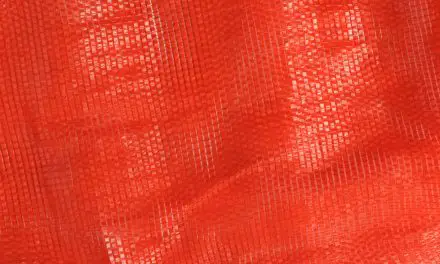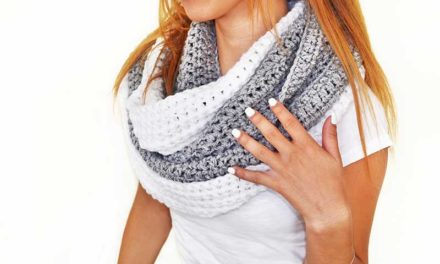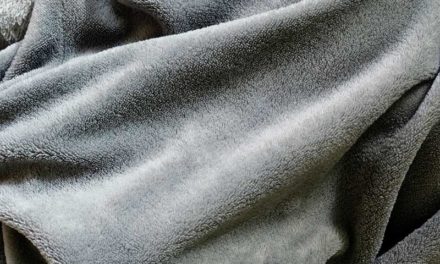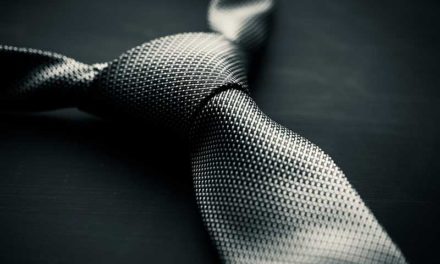Often, many shy away from using knit fabrics for their sewing projects – and reasonably so. These fabrics can be tricky to work with, even for the most seasoned of sewers. However, knit fabrics offer the perfect fusion of function and comfort for every lifestyle, so learning to navigate the ins-and-outs of sewing knits is very beneficial and worth the brain power.
And contrary to popular belief, you DON’T need a fancy serger to create a beautiful and smooth knit garment. With a combination of time, practice, and studying some expert tips, you’ll learn how to sew knits without a serger in no time.
Table of Contents
Start By Choosing the Perfect Needle for the Job
Since knit fabrics are stretchy, they tend to be delicate and prone to disfiguration during the sewing process. Therefore, a standard needle is not suitable for the looped design of a knit fabric.
It is necessary to use either a ballpoint needle or a stretch needle to avoid uneven seams and holes when sewing knit fabrics.
The rounded tip of a ballpoint needle is gentler, and pushes through the tiny loops in the fabric rather than piercing through them. Stretch needles have a slightly more pointed tip than a ballpoint needle but will get the job done just as well. Either needle will make a world of difference when sewing knits without a serger machine.
Additionally, you can opt for a twin needle to mimic the function of a serger’s double-needle capabilities on your standard sewing machine. With the two ballpoint needles in place on your regular sewing machine, the bobbin creates a zigzag on the underside of the fabric.
This function allows for stretch within the seams, therefore keeping your fabric nice and smooth.
Thread Choice Makes a Difference
Choosing the correct thread can also make sewing knits without a serger much more seamless (no pun intended). Opt for a stretchy thread like Eloflex, as it has a great deal of inherent stretch that will blend in perfectly with knit fabrics.
If you only have access to cotton thread, try loosening the thread tension to either 1 or 2 to keep the seams from popping open and ruining your work.
Avoid Pulling or Draping the Fabric
Sometimes while sewing, you might subconsciously stretch the fabric to ensure it is gliding straight under the presser foot. However, with knit fabric, you want to completely avoid this tendency.
Since knit has lots of stretch to begin with, pulling the fabric can result in wavy and unattractive seams. Also, be conscious not to let the fabric hang over the edge of your sewing table in the process, as this will create extra pull as well.
Should your seams come out a bit bumpy, press them with a hot iron to encourage them to sink back into place.
The Perfect Stitch for a Beautiful Result
This is where you can make-or-break your knit fabric, so make sure to do your research and be patient during this step.
You never want to sew a straight stitch on knit fabric, as this option provides no stretch thus resulting in popped seams and a total waste of your hard work. Instead, choose a different stitching option that is suitable for the knit’s stretchy characteristics.
Stitch Option 1: The Basic Zig Zag
This is by far the best approach and will closely mimic the results that you’d get from a fancy serger.
The zig zag stitch allows for optimal stretch and protects your seams from breaking. And as an added bonus, it doesn’t show too much on the outside of the fabric and your machine can perform this stitch fairly quickly.
Stitch Option 2: 3- Step Zig Zag
The three-step zig zag gives a bit more stretching room than the basic zig zag, as there is a 3-step stretch space between each zig zag. The only downsides to using this option are:
- Since the stitch is more intricate, it takes a bit longer for your machine to create each stitch
- This option uses up a lot more thread
So, if you’ve got time and thread to spare, go for the 3-step zig zag – the results will be very clean and professional.
Stitch Option 3: The Lightning Bolt
The lightning bolt stitch is another great option when sewing knits without a serger. This curved option creates the illusion of a straight stitch and doesn’t show through to the right side of your fabric. Your finished product will be overall more polished and pristine.
If you choose between these three stitches, there’s no doubt that you’ll be able to achieve the most appealing and functional results when sewing knit fabrics.
Try Out a Walking Foot
Since the stretch in the knit fabric makes the fabric layers more prone to separation during the sewing process, a walking foot (also called an even foot) is a great way to avoid this issue.
The walking foot is designed with an extra pair of feed dogs that hold the fabric strongly in place to allow for smoother seams.
Implement Fusible Hemming Tape
Hemming knit fabric is a straining task in itself. Since it doesn’t fold over well to allow for an easy hemming process, fusible hemming tape is a fool-proof way to create the perfect hem without a serger.
Simply iron the tape to the raw fabric edge. Once that is done, your hem will be a bit sturdier and allow for a smoother hemming process when you take it to your sewing machine. Don’t worry, the tape will wash out easily, and won’t leave behind any sticky or unattractive residue on your fabric.
And Just Like That, You’re Done!
Although learning how to sew knits without a serger can prove impossible at first, all it takes is a little creativity and patience to get the job done.
Knit fabrics are very versatile and extremely wearable, and learning to work with them will expand your sewing horizons and allow for the creation of some beautiful and practical garments.
Now go ahead, try out what you’ve learned and see what you can create!

